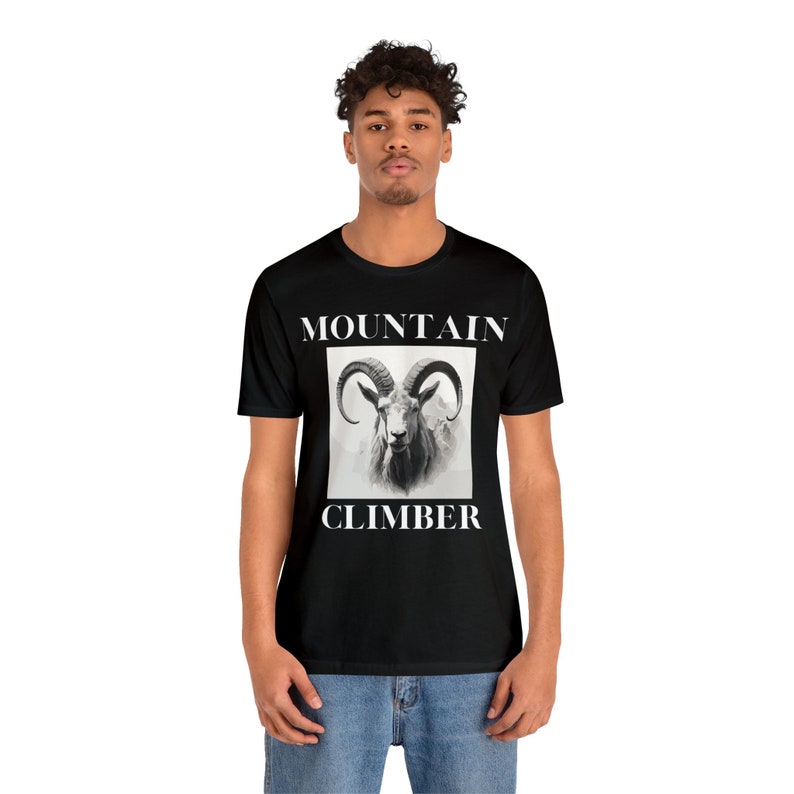Blog
Unveiling the Optimal Seasons for Rock Climbing in Yosemite: An In-depth Guide
I. Introduction
Yosemite National Park is an emblem of wild beauty, a revered symbol of awe-inspiring majesty right in the heart of California. Boasting over 750,000 acres of undulating valleys, immense waterfalls, and a sublime wilderness, the park’s crown jewel lies in its grandeur of granite cliffs – a paradise for rock climbers.
Climbing these monumental formations is no small feat, with timing playing an instrumental role. Just as surfers yearn for the perfect wave, rock climbers anxiously anticipate the finest climbing conditions, as the season dictates not only the safety but the overall experience. This article aims to help climbers navigate the best times for rock climbing in Yosemite, blended with essential tips and seasoned recommendations.
- Destination: Yosemite National Park, California, USA
- Activity: Rock Climbing and Camping
- Duration: 3-5 days (or as per your preference)
Travel to Yosemite: Yosemite is accessible by car from various cities in California. The nearest major airport is Fresno Yosemite International Airport (FAT), which is approximately a 2.5-hour drive from the park.

II. Understanding Rock Climbing Conditions at Yosemite
Yosemite’s topography is dichotomous, ranging from low-lying grasslands to lofty mountainous terrains, each with distinct climatological susceptibilities. Alpine climates dominate the high elevations, while Mediterranean weather types rule the lower landscapes, both impacting climbing conditions considerably.
As with other outdoor activities, rock climbing in Yosemite is subject to the caprices of weather and the dramatic flux of seasons. Winter snowfall restricts access to higher routes, while summer heat can make popular climbing sites uncomfortably slick. Equally impacting are the cultural nuances. Summer, being the peak of tourism, may find you competing with a gaggle of other climbers, possibly detracting from the serenity of the experience.

Image by Benjamin Brandt from Pixabay
III. Climbing in Yosemite: A Seasonal Breakdown
Spring Climbing: Pros, Cons, and Key Considerations
Spring in Yosemite is a time of rebirth. The landscape emerges from the hibernation of winter, and the sound of crunching snow gives way to the merry babbling of brooks. However, sporadic snowfall can persist, making high altitude climbing somewhat precarious. On the upside, lower areas dried by the sun may offer perfect climbing conditions. Watch out for wet surfaces and be equipped with suitable gear for varied weather.
Summer Climbing: Evaluating the Climbing Landscape
Summer, with its long, sunny days and blue skies, might seem the ideal time for climbing. However, the searing heat could turn those granite surfaces into giant heated griddles not ideal for climbing. The abundance of tourists might amplify the bustle, but it also brings a sense of camaraderie. It might be hot, crowded, but unforgettable!
Autumn Climbing: Understanding the Challenges
Come autumn, and Yosemite puts on a show of colors, from flamboyant golds to brilliant reds. The climbing conditions see an appreciable improvement with cooler temperatures and lower crowds. However, the changing weather brings unpredictability with potential rain or early snowfall. So keep an eye on the local forecasts.
Winter Climbing: Risks, Rewards, and Preparations
Winter presents a different spectacle altogether — the granite awash in white. Lower elevation climbing areas remain open for the tenacious, sometimes offering the appealing combination of climbable rock and a snow-kissed landscape. However, remember that winter climbing entails higher risks and necessitates proper gear and preparation.
IV. Professional Recommendations: Best Times for Different Climbing Levels
Novice Climbers: Preferred Seasons and Why
For beginner climbers, late spring or early summer months would be suitable. The weather is relatively stable, and the climbing community is vibrant, offering ample opportunities for guidance and growth.
Intermediate Climbers: Analyzing the Peak Periods
Intermediates might prefer late summer and early autumn. With fewer crowds, the options to try more challenging climbs open up. Weather is more climber-friendly, and daylight is still in good measure.
Expert Climbers: Evaluating Favorable and Challenging Times
For seasoned climbers looking for the thrill of challenging climbs or solitude, early spring and winter could be exciting. But remember, these periods demand more experience, skill, and necessary preparation.

Image by Maurus Meierhoffer from Pixabay
V. Essential Tips for Climbing in Yosemite National Park
Climbing Preparation:
- Climbing Permits: Check the Yosemite National Park website (www.nps.gov/yose) for the latest information on climbing permits, fees, and regulations. Permits may be required for certain climbing areas.
- Climbing Gear: Ensure you have all the necessary climbing gear, including ropes, harnesses, helmets, carabiners, quickdraws, and climbing shoes. You can rent gear locally or bring your own.
Climbing Areas:
3. El Capitan: Yosemite’s most iconic climbing destination, known for its challenging multi-pitch routes. “The Nose” is a legendary route on El Capitan, but it’s extremely challenging and should only be attempted by experienced climbers.
- Half Dome: Another famous rock formation offering both traditional and aid climbing routes. The “Regular Northwest Face” is a classic route, but like El Capitan, it requires expertise.
- Cathedral Peak: A more accessible option for intermediate climbers. It offers single-pitch and multi-pitch routes with breathtaking views.
Climbing Guides:
6. Yosemite Mountaineering School and Guide Service: Consider hiring a guide from the Yosemite Mountaineering School if you’re new to climbing in Yosemite. They offer instruction, guided climbs, and gear rental.

Camping:
7. Campgrounds: Yosemite has several campgrounds within the park. You can check availability and make reservations on the official Yosemite National Park website.
- Backcountry Camping: If you prefer a more remote experience, you can apply for backcountry camping permits and camp at designated sites along your climbing route. Remember to follow Leave No Trace principles.
* Get acclimatized: Since Yosemite’s elevation varies, give your body time to adjust, especially if you’re aiming for high altitude climbing.
* Respect park regulations: Knowing and respecting the park’s rules ensure a great climbing experience for everyone.
* Safety first: Carry a well-stocked first aid kit and always inform someone about your climbing plans and routes.
VI. Conclusion
Each season at Yosemite presents a different flavor of rock climbing, each unique and invigorating. Deciding when to go requires a keen understanding of how changing weather conditions, crowd levels, and personal abilities intersect. With this knowledge, each climber can weave their Yosemite rock climbing narrative in sync with the park’s natural rhythms.
Embrace the challenges and relish the rewards of this extraordinary wilderness playground. Here’s to your next Yosemite adventure!

VII. Frequently Asked Questions (FAQs)
- What permits are required to rock climb in Yosemite?
Yosemite does not require a permit for day climbing, but if you plan on overnight climbing, a Wilderness Permit is required.
- Do climbing conditions vary across different parts of Yosemite?
Yes. Yosemite’s diverse topography means that climbing conditions can vary significantly across the park.
- Is there a time to absolutely avoid rock climbing in Yosemite?
Weather is the defining parameter. Extremely wet or snowy conditions can make climbing unsafe and are best avoided.
- Are there courses or guides available for novice rock climbers in Yosemite?
Yes, Yosemite offers professionally guided climbing courses for all experience levels, ideal for beginners seeking to learn and gain confidence.


